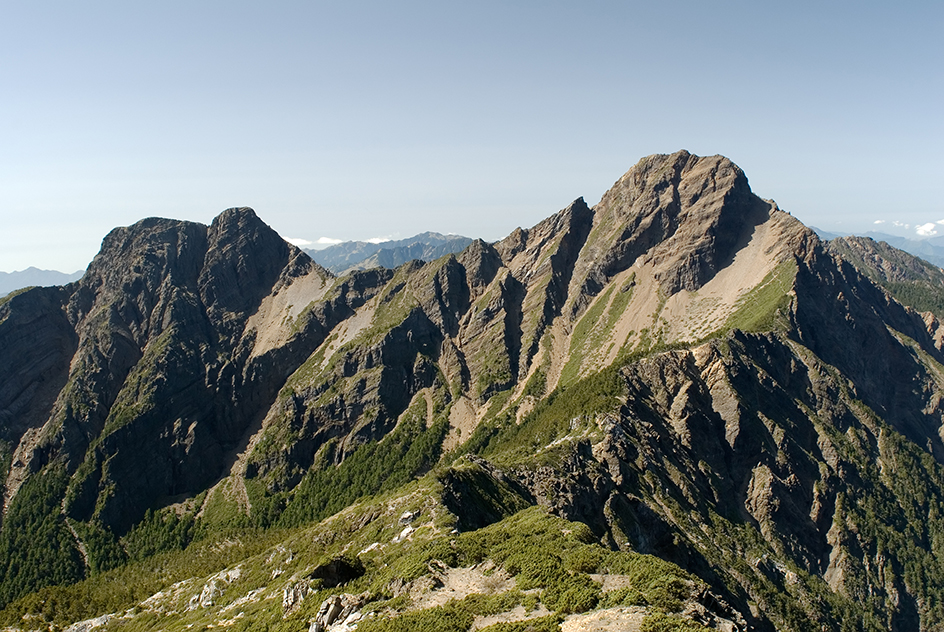Yü Shan, also spelled Yushan, is the highest peak on the island of Taiwan. It rises 13,113 feet (3,997 meters) above the center of the island. The name Yü Shan means Jade Mountain. It is part of the Yü Shan Range.

Yü Shan has been given a number of names by different groups of people. The Bunun, one of the island’s aboriginal (native) peoples, named it Tongku Saveg, which means the shelter. According to legend, the Bunun’s ancestors survived a flood by taking refuge on the mountain. In 1857, an American ship captain called the peak Mount Morrison, a name that was used among Westerners for more than 100 years. During the Japanese occupation of Taiwan, from 1895 to 1945, Yü Shan was known as Niitakayama, which means new high mountain.
Yü Shan’s climate varies with height. Below its rocky peak, the mountain hosts a diverse range of plants and animals. A wide variety of trees, including cypress, fir, hemlock, red pine, and spruce, grow at different elevations. The mountain is home to black bears, muntjacs (a type of small deer), pheasants, rock monkeys, and serows (a type of antelope).

Yü Shan National Park was established in 1985 to protect the region. The park, which covers more than 260,000 acres (105,000 hectares), includes Yü Shan as well as surrounding mountain areas.
